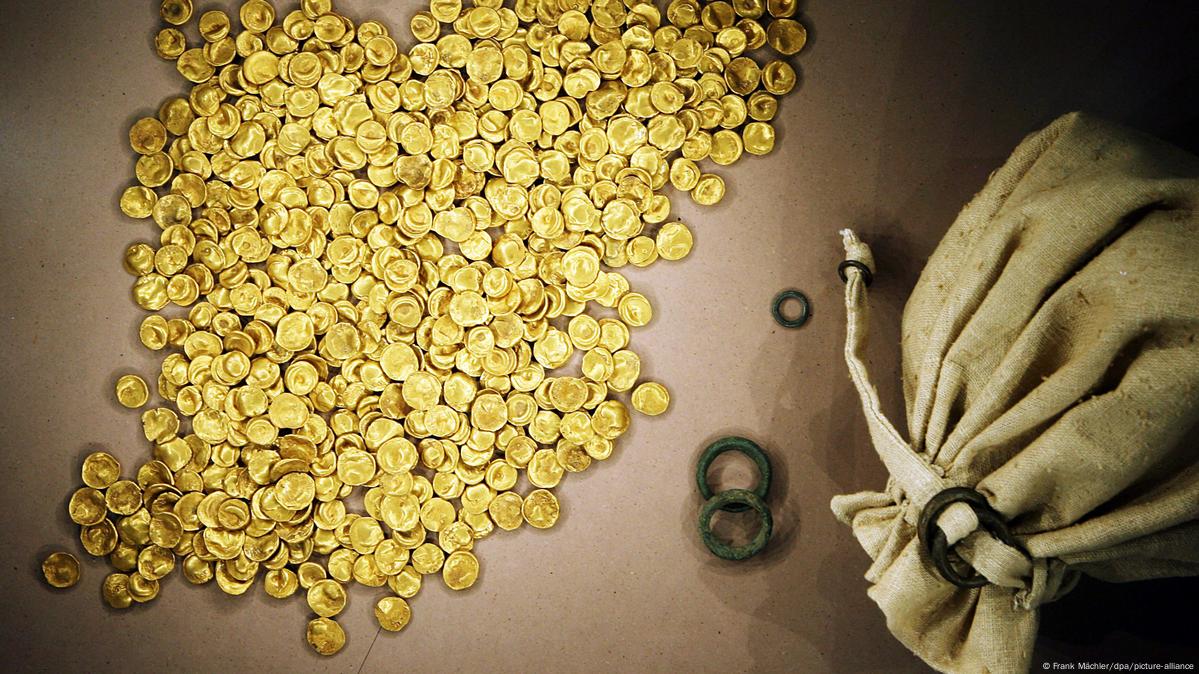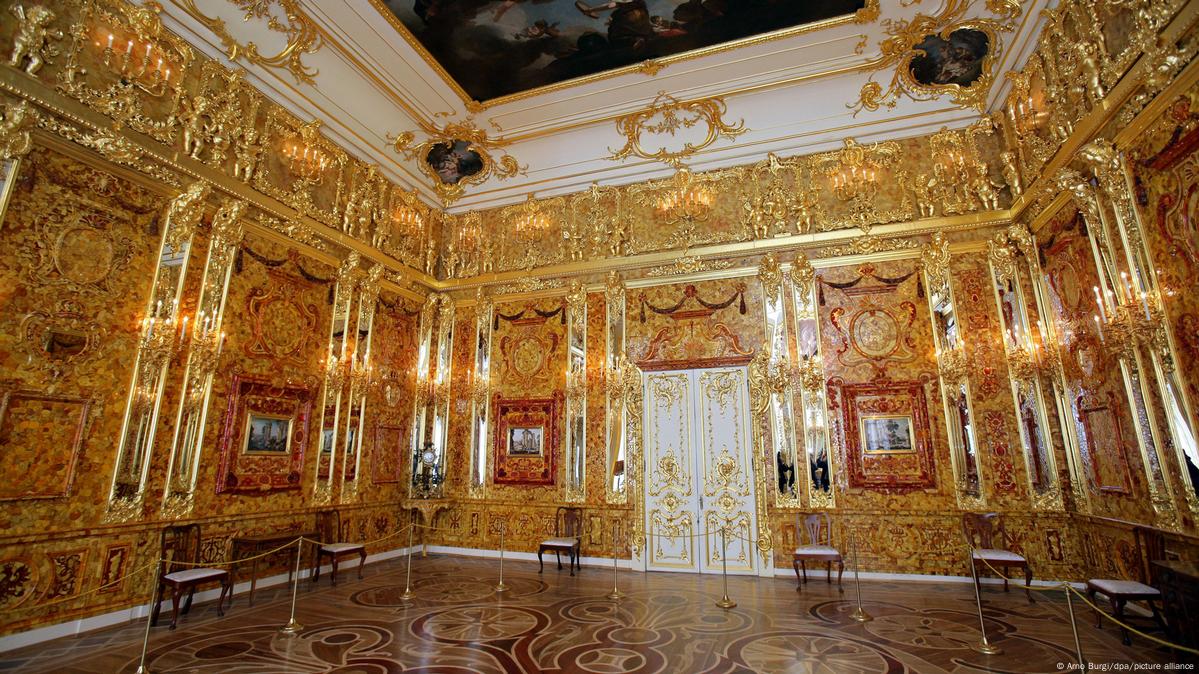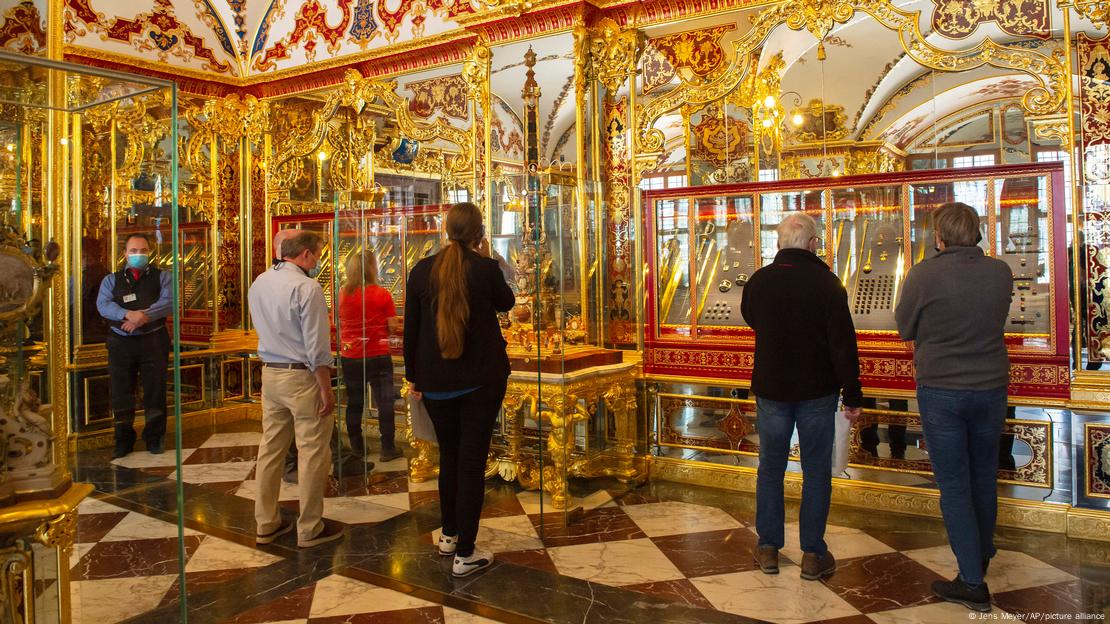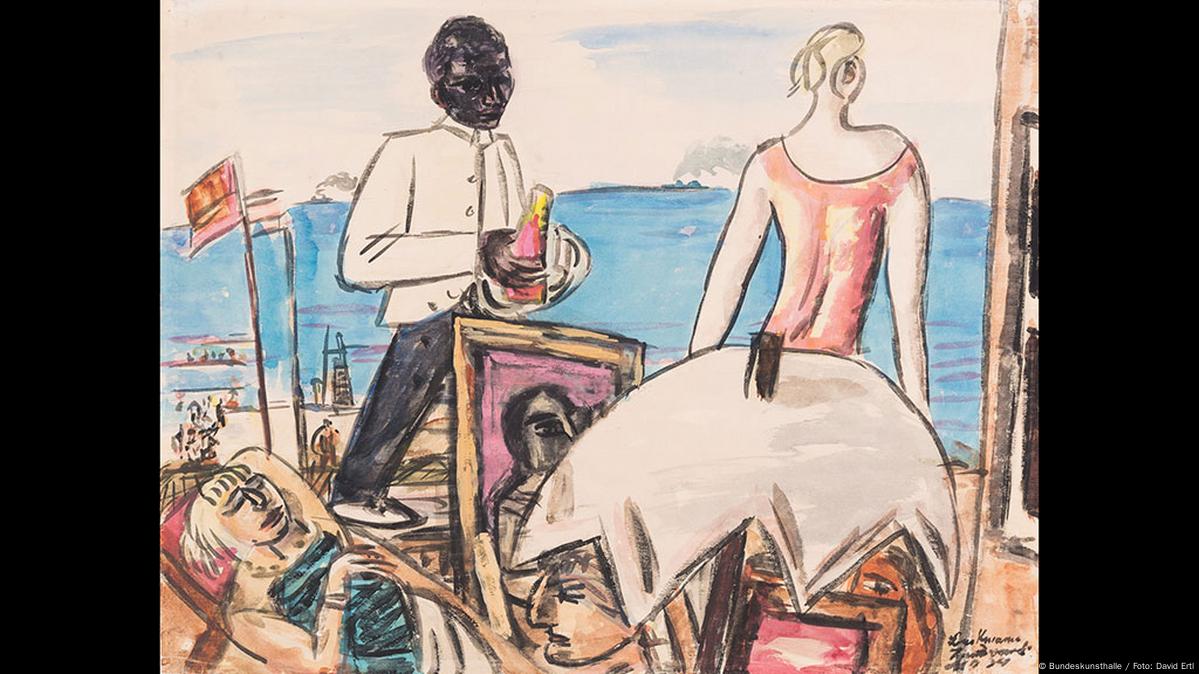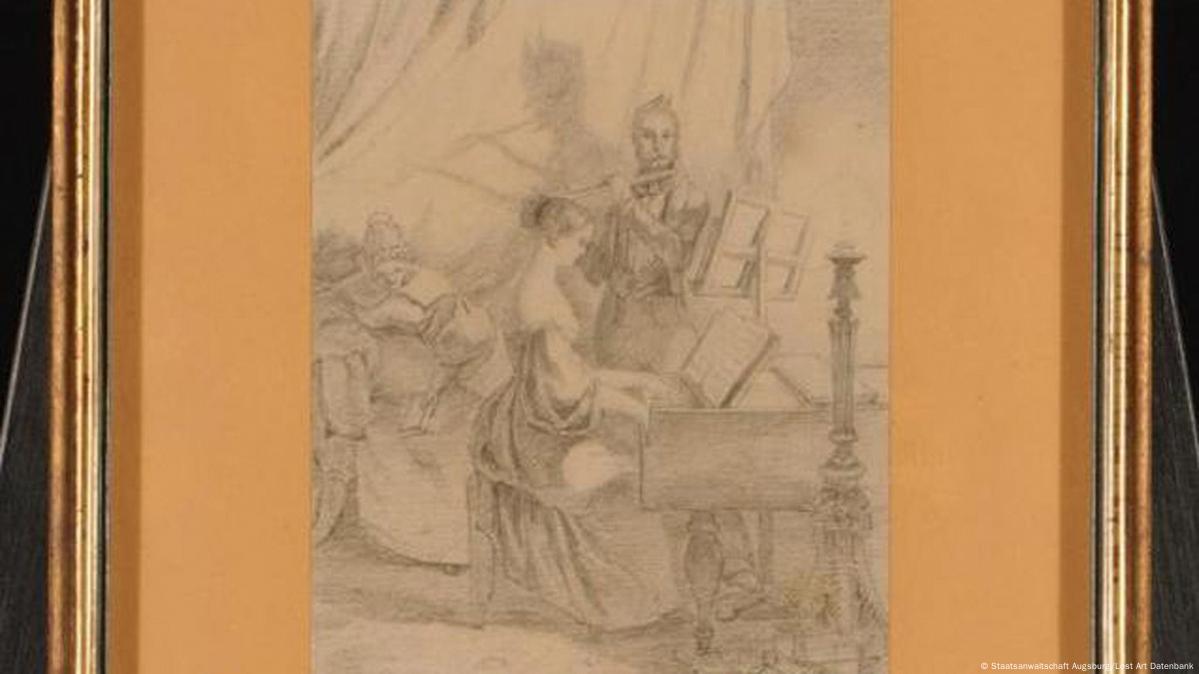Agence France-Presse
June 5, 2024

Donald Trump and Joe Biden (AFP)
Only a tiny number of people in Britain, France and Germany put great faith in the United States to guarantee their security over the coming decade, a survey said Wednesday, ahead of an election in which Donald Trump has thrown doubt on alliances.
The Eurasia Group's Institute for Global Affairs, in its survey of the three western European nations, still found that more people than not expected the United States to be at least "somewhat" reliable.
But only six percent said that the United States would be a "very reliable" guarantor of European security over the next decade, compared with 24 percent of Americans who believed their country was very reliable.
Mark Hannah, a senior fellow at the institute, said it was the first time the question was asked in the annual survey, but that the low number was striking after two years of President Joe Biden staunchly backing Ukraine against Russian invasion.
"The fact that the United States has contributed to the extent it has, and yet only six percent of Western European respondents thought the United States was very reliable, is remarkable and shows this lack of certainty or confidence in American guarantees," he said.
Hannah, who formerly worked in Democratic Party politics, said the most likely reason for the doubts was Trump, who has described both NATO and assistance to Ukraine as wasteful and unfair to the United States.
Lawmakers of Trump's Republican Party held up fresh military assistance to Ukraine for months, citing unrelated disputes on migration.
Majorities in the three European countries -- as well as in the United States itself -- said Washington should maintain or increase troop numbers in Europe, but at the same time only small numbers believed the United States should bear "primary" responsibility for Europe's defense.
In France, which has long led calls for Europe to develop its own security arrangement, 31 percent said that Europe should manage its own defense and maintain a "more neutral" relationship with the United States, higher than in other countries.
Biden, throughout his career a dedicated supporter of US-Europe ties, is running a tight race against Trump with the 81-year-old president lagging in polls.
Biden received few votes from Europeans in the survey when asked which head of state sets the most positive example for the world.
French President Emmanuel Macron enjoyed greater support, with 33 percent of Germans and 25 percent of French saying he set the most positive example.
The survey, conducted with YouGov, reached 3,360 adults in Britain, France, Germany and the United States from April 8-15.
SOME OF US NORTHERN NEIGHBOURS AGREE





